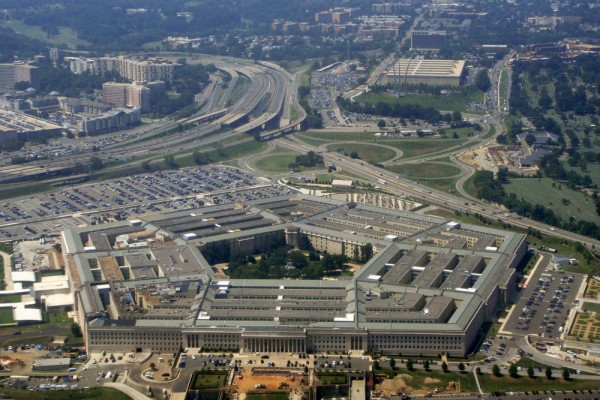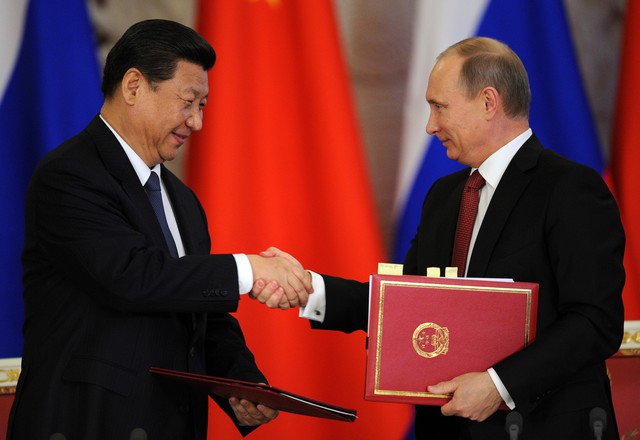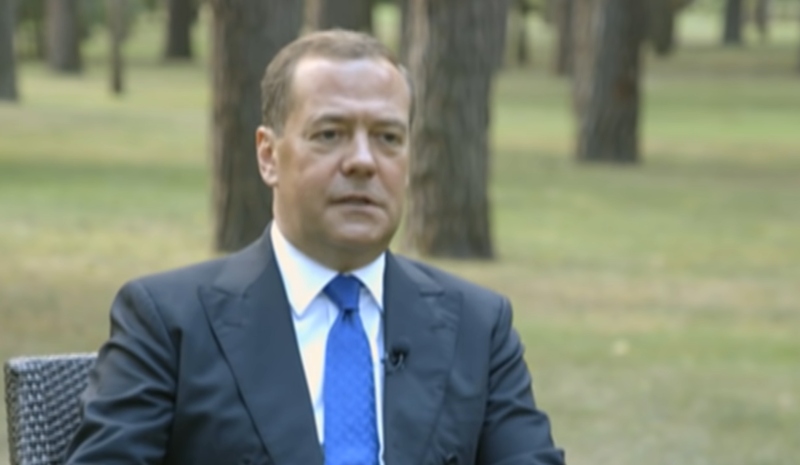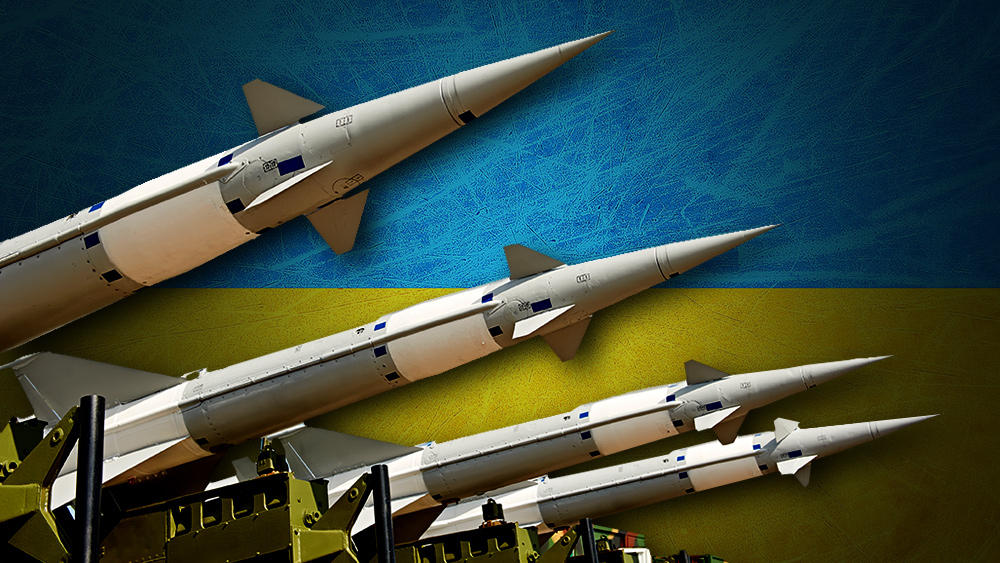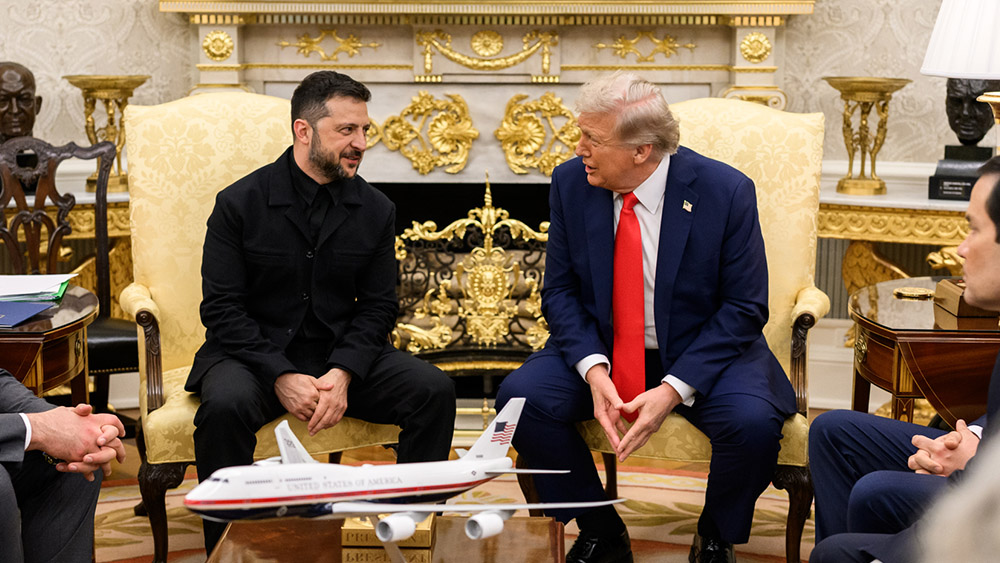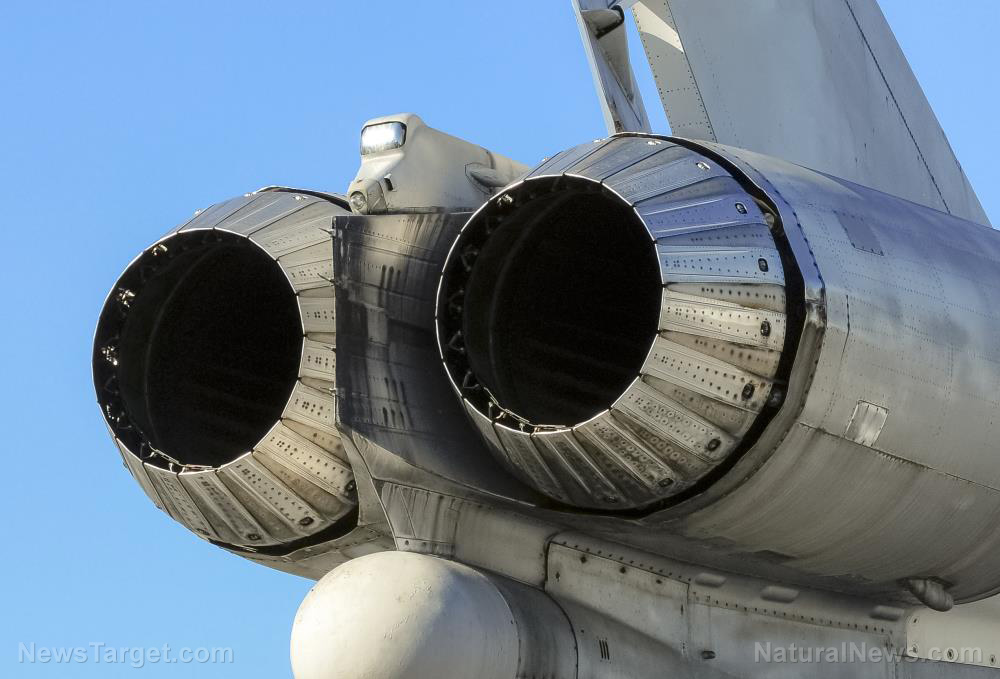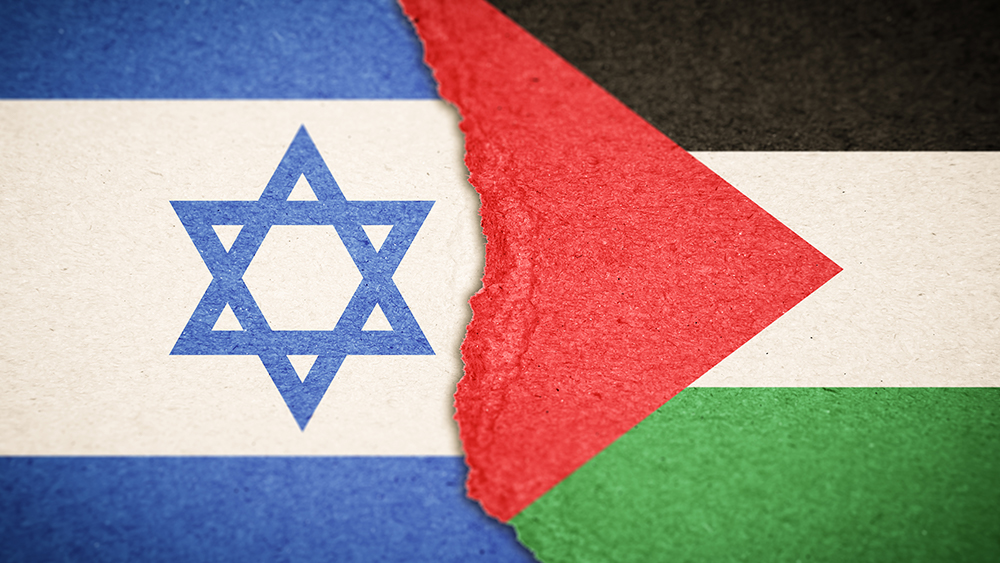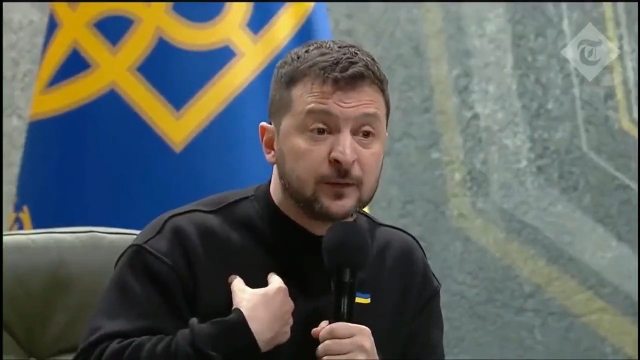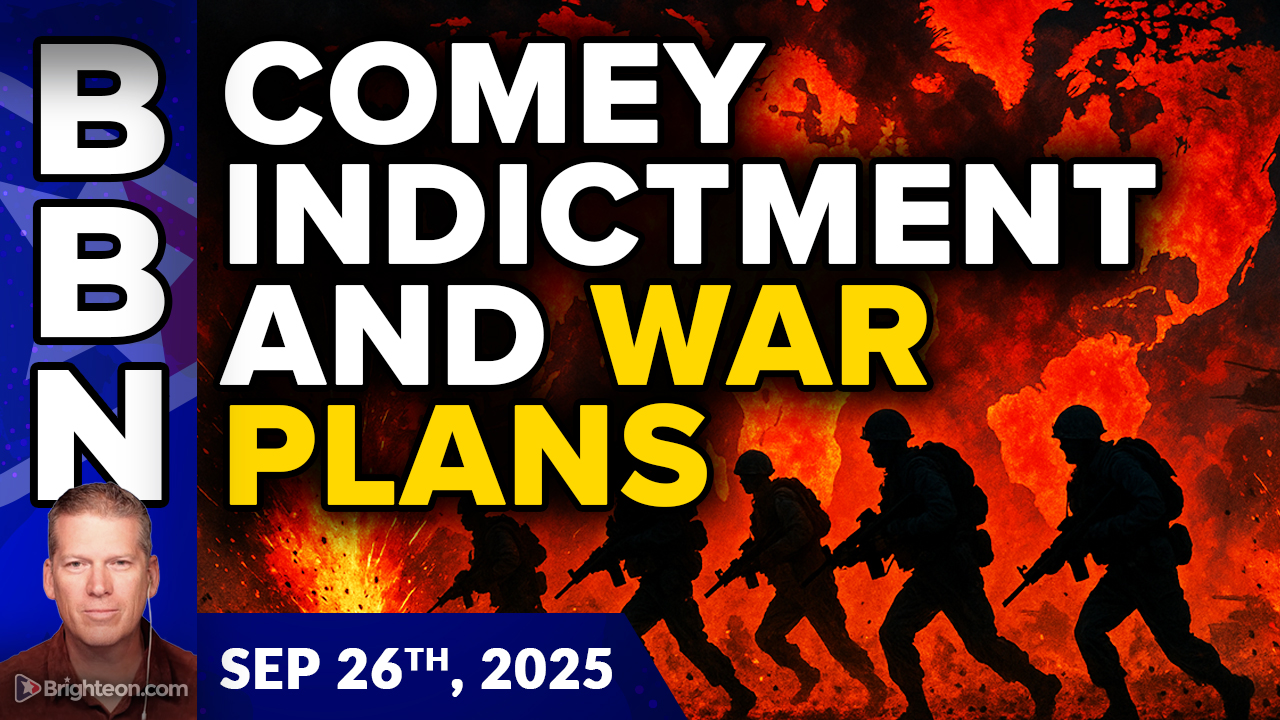Trump’s Gaza plan demands Hamas disarm or face “full backing” for Israeli military campaign
09/30/2025 / By Cassie B.
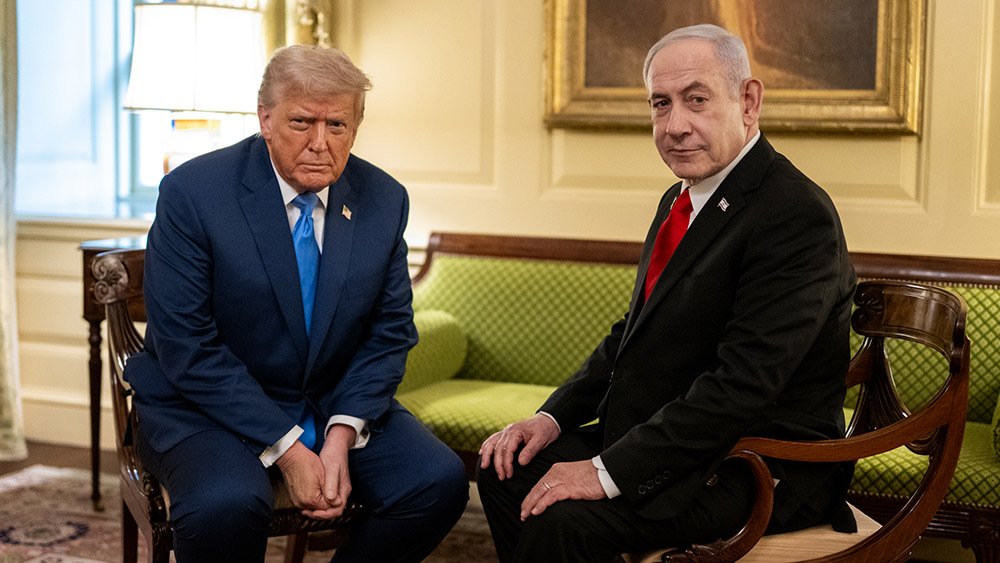
- Trump and Netanyahu unveil a 20-point Gaza ceasefire plan demanding Hamas disarm and release hostages within 72 hours.
- Israel agrees to release 2,000 Palestinian prisoners and withdraw forces if Hamas complies with full demilitarization.
- Hamas insists on Palestinian statehood and refuses to disarm while Israel’s occupation continues, calling weapons a “red line.”
- More than 66,000 Palestinians dead as famine spreads, with the UN accusing Israel of genocide in charges Israel denies.
- Skepticism remains as Netanyahu’s far-right allies threaten to collapse his government if the war ends, leaving peace uncertain.
In a high-stakes diplomatic push, President Donald Trump and Israeli Prime Minister Benjamin Netanyahu announced a 20-point ceasefire plan Monday aimed at ending the devastating war in Gaza. The proposal, which includes an immediate halt to hostilities, hostage releases, and a phased Israeli withdrawal, has already been accepted by Netanyahu, but Hamas has yet to respond.
The deal, released by the White House, demands Hamas disarm, release all remaining Israeli captives within 72 hours, and allow a temporary transitional government overseen by a “Board of Peace” chaired by Trump himself. In exchange, Israel would release 250 life-sentence prisoners and 1,700 Palestinians detained since October 2023, including women and children.
But the plan’s most contentious demand—Gaza’s full demilitarization—could be a dealbreaker. Hamas has long insisted it will not disarm without a Palestinian state, and analysts warn the group may see the proposal as an ultimatum rather than a negotiation.
A fragile hope for peace
Trump, speaking at a joint press conference, called the plan a “historic day for peace” and urged Hamas to accept it. “If Hamas rejects the deal, Bibi, you will have our full backing to do what you have to do,” he told Netanyahu, reinforcing U.S. support for Israel’s military campaign if talks fail.
Netanyahu, who has repeatedly sabotaged past ceasefire efforts, struck a similar tone. “If Hamas rejects your plan, Mr. President, or if they supposedly accept it and then do everything to counter it, then Israel will finish the job by itself,” he said.
The proposal also includes a temporary international stabilization force to oversee Gaza’s security, a reformed Palestinian Authority to eventually govern the territory, and a pathway to Palestinian statehood, although Netanyahu has long opposed such a move.
Hamas’ response could determine the next phase of war
Hamas has not yet formally responded, but a senior official told the BBC that any agreement must ensure a full Israeli withdrawal and protect Palestinian interests. The group’s weapons, the official said, are a “red line” as long as Israel’s occupation continues.
Meanwhile, Islamic Jihad, another militant faction, condemned the plan as a “recipe for regional explosion,” while families of Israeli hostages urged Netanyahu to finalize the deal.
The stakes are high. More than 66,000 Palestinians have been killed in Gaza since October 2023, according to the Hamas-run health ministry, and famine has taken hold in parts of the territory. A UN inquiry recently concluded that Israel has committed genocide—a charge Israel denies.
Will Netanyahu follow through?
Despite Netanyahu’s public acceptance of the plan, skepticism remains. He has previously undermined ceasefire talks, and his far-right coalition partners have threatened to collapse the government if the war ends.
Trump, who has grown increasingly frustrated with Netanyahu’s resistance, may now face a critical test: Can he pressure Israel to accept a deal, or will the war drag on?
If Hamas rejects the proposal, the bloodshed will continue. If it accepts, the real challenge begins: enforcing a peace that neither side fully trusts. Sadly, the people of Gaza, caught in the crossfire, have little left to lose.
Sources for this article include:
Submit a correction >>
Tagged Under:
ceasefire, chaos, Gaza, genocide, Hamas, humanitarian crisis, national security, Netanyahu, terrorism, Trump, violence, WWIII
This article may contain statements that reflect the opinion of the author
RECENT NEWS & ARTICLES
COPYRIGHT © 2018 MILITARYTECHNOLOGY.NEWS
All content posted on this site is protected under Free Speech. MilitaryTechnology.news is not responsible for content written by contributing authors. The information on this site is provided for educational and entertainment purposes only. It is not intended as a substitute for professional advice of any kind. MilitaryTechnology.news assumes no responsibility for the use or misuse of this material. All trademarks, registered trademarks and service marks mentioned on this site are the property of their respective owners.


